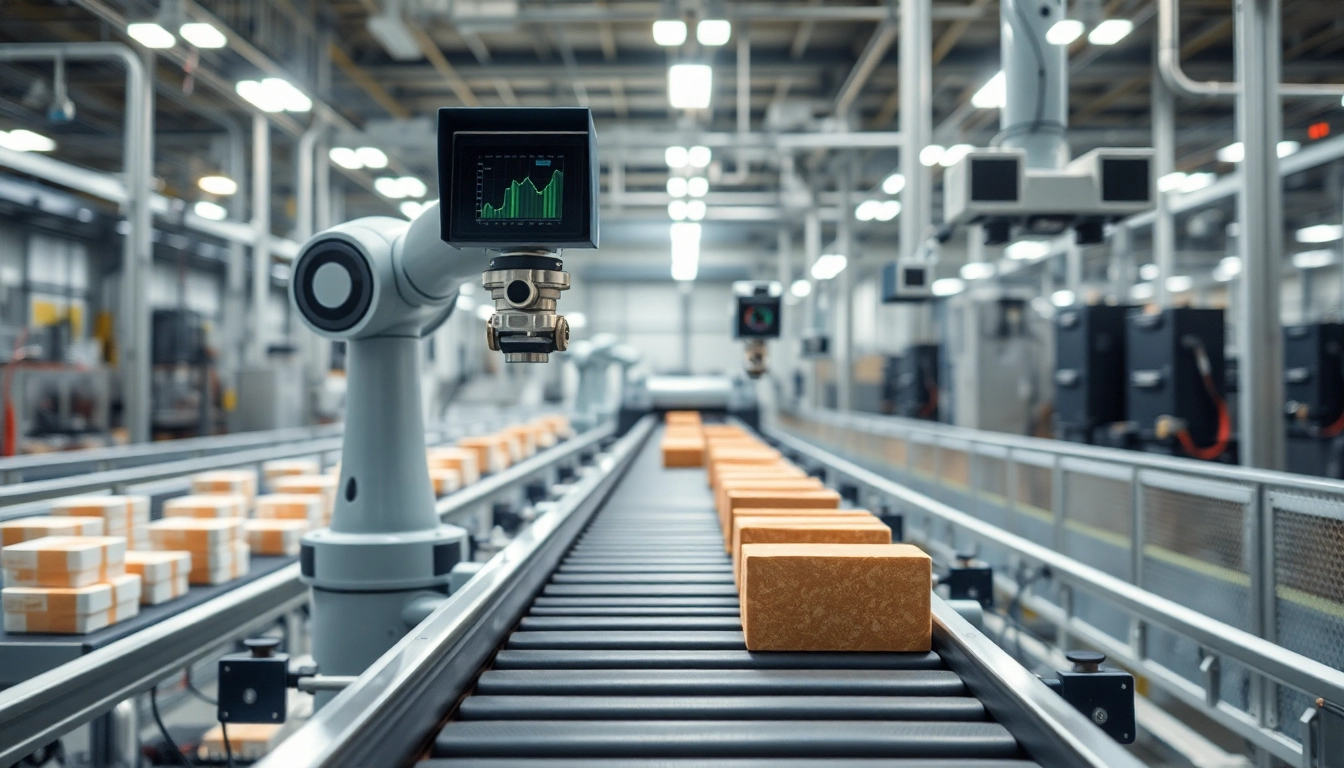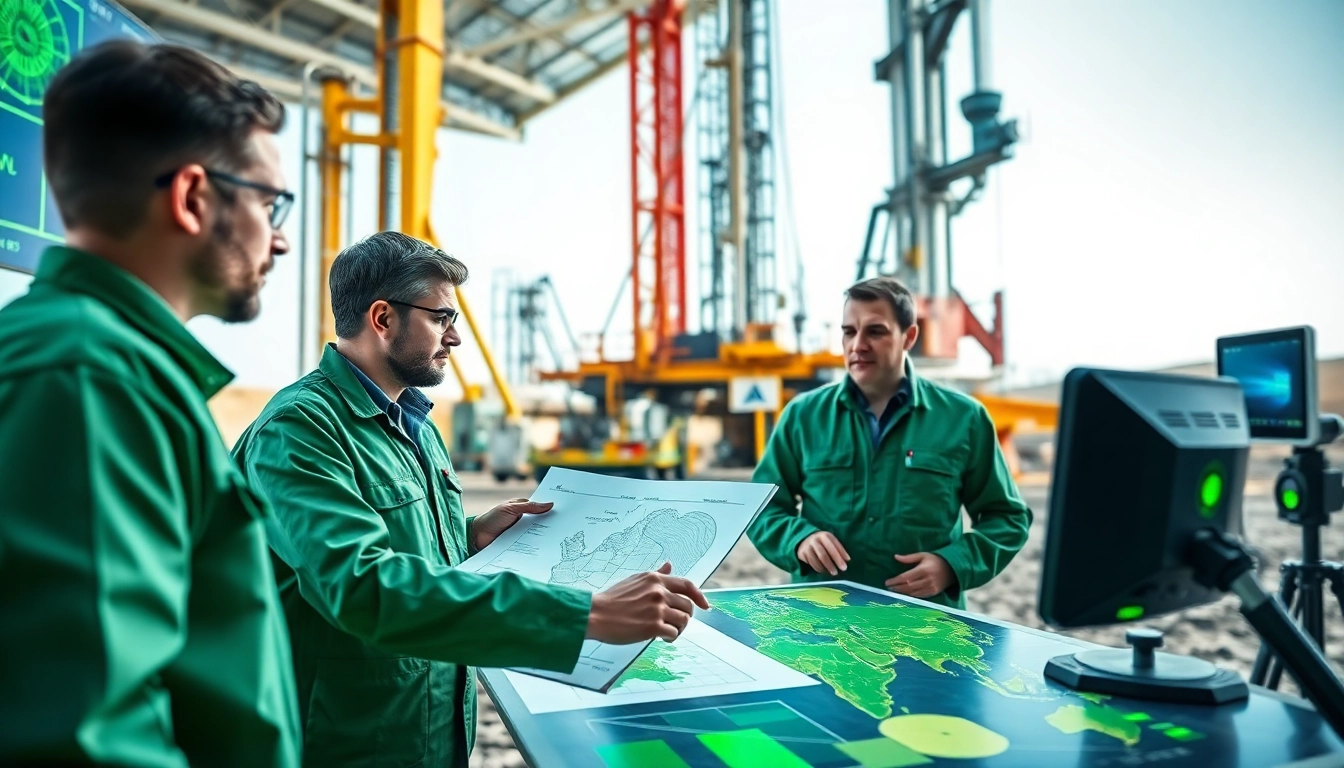What is Machine Vision?
Definition and Overview
Machine vision is a technology that enables machines to interpret visual information and perform tasks based on this data, functioning similarly to human vision. It involves the use of cameras and computer algorithms to analyze images in real time for various applications, including automation, inspection, and guidance. Essentially, machine vision allows equipment to detect patterns, recognize objects, and make decisions quickly and accurately, enhancing efficiency across numerous industries.
Difference between Machine Vision and Computer Vision
While often used interchangeably, machine vision and computer vision differ in their applications and functionalities. Machine vision focuses specifically on industrial applications where images are captured, processed, and used primarily for quality control and automation tasks. It is integrated within systems for enhanced operational capabilities, such as inspecting products on an assembly line.
In contrast, computer vision is a broader field that encompasses the ability of computers to interpret and understand visual data. It applies to diverse areas, including facial recognition, autonomous vehicles, and augmented reality. Thus, while all machine vision involves computer vision techniques, not all computer vision is used for industrial purposes.
Core Components of Machine Vision Systems
A comprehensive machine vision system comprises several key components:
- Cameras: The primary hardware used to capture images. They can be 1D, 2D, or 3D, depending on the application requirements.
- Lighting: Proper lighting is crucial for ensuring accurate image capture. Various types of lighting techniques are employed to enhance contrast and visibility.
- Processing Software: Algorithms analyze captured images, identifying defects or specific features as per predetermined criteria, and provide actionable insights.
- Output Devices: These devices report the findings, either through visual displays, alerts to operators, or integration into an automated decision-making system.
- Integration Interfaces: Connections that allow machine vision systems to interface with other machinery or systems, facilitating seamless data flow.
Applications of Machine Vision in Industry
Quality Control and Inspection
One of the most significant applications of machine vision is in quality control and inspection processes. Industries utilize machine vision to ensure that products meet specific quality standards by analyzing them for defects, discrepancies, or non-conformance to specifications.
For instance, in the electronics manufacturing sector, machine vision systems can inspect circuit boards for missing components, misalignments, or soldering defects. Automating this process not only increases accuracy but also reduces inspection cycles and minimizes the risk of human error.
Automation and Robotics
Machine vision plays a pivotal role in enhancing automation and robotics. By integrating visual inspection into robotic systems, industries can improve their operational efficiency. Robots equipped with machine vision can perform complex tasks like pick-and-place operations, navigating environments, and making real-time decisions based on visual input.
For example, in warehousing, robots can identify, locate, and transport products without human intervention. This level of automation not only speeds up processes but also reduces labor costs and increases throughput.
Data Capture and Processing
Machine vision systems are also integral in data capture and processing, acting as essential tools for collecting and analyzing visual data. This is incredibly important in industries where data-driven decisions are critical for performance improvement and forecasting.
For example, in the food industry, machine vision systems can monitor products at various production stages—detecting quality changes over time and allowing producers to adjust processes dynamically. This capability can lead to better inventory management, reduced waste, and enhanced compliance with safety standards.
Benefits of Implementing Machine Vision
Enhanced Accuracy and Consistency
One of the foremost benefits of machine vision is its ability to enhance accuracy and consistency in production processes. By eliminating human error, machine vision systems provide a steadfast level of precision in inspections and operations.
Consider quality assurance where machine vision can consistently assess thousands of items at speeds unattainable by human inspectors, guaranteeing that every product meets quality standards without bias or fatigue. This level of reliability is crucial in sectors like pharmaceuticals, where errors can have significant repercussions.
Cost Savings through Automation
By implementing machine vision systems, companies can achieve substantial cost savings through automation. The elimination of manual inspection processes reduces labor costs and boosts production efficiency.
Additionally, automation minimizes errors that can lead to costly recalls or reworks, thus saving companies from financial losses and protecting their brand reputation. Longer-term, machine vision systems can reduce operational costs by allowing machines to work around the clock with little downtime, facilitating significant gains in productivity.
Real-time Monitoring and Feedback
Machine vision systems provide the advantage of real-time monitoring and feedback, allowing businesses to detect issues as they occur and respond promptly. This capability is invaluable for maintaining continuous production flows and adhering to quality standards.
For example, in automotive manufacturing, machine vision can instantly detect deviations in assembly processes, enabling immediate corrective actions that prevent any further defects from entering the system.
Challenges in Machine Vision Implementation
Technical Limitations and Solutions
Despite the vast benefits, implementing machine vision technology comes with its challenges. One primary concern is the technical limitations surrounding image quality and processing capabilities. Factors such as lighting conditions, camera resolution, and the complexity of visual data can significantly impact system performance.
To address these limitations, organizations must invest in high-quality cameras and lighting solutions, along with advanced processing algorithms capable of handling complex data efficiently. Regular training and calibration of systems ensure that they adapt to variable conditions and maintain accuracy.
Integration with Existing Systems
Integrating machine vision with existing production systems can be complex. Companies may face challenges related to compatibility and interoperability among various machines and software platforms.
To facilitate successful integration, organizations should conduct thorough assessments of their current systems and ensure that the chosen machine vision technology is compatible. Utilizing modular and flexible solutions can also help ease integration processes and minimize disruption to ongoing operations.
Ongoing Maintenance and Upgrades
Machine vision systems require ongoing maintenance and, sometimes, significant upgrades to keep pace with evolving technology and changing production needs.
Businesses should establish a structured maintenance schedule that includes regular servicing and software updates. Additionally, staying abreast of technological advancements allows organizations to implement upgrades that further enhance system efficiency and productivity.
The Future of Machine Vision Technology
Impact of AI and Machine Learning
The interplay of artificial intelligence (AI) and machine learning (ML) is set to revolutionize machine vision technology. By integrating AI algorithms, machine vision systems can analyze and interpret visual data more intelligently, leading to more accurate assessments and enhanced pattern recognition capabilities.
For example, deep learning models can train machines to identify complex defects that may not be easily recognizable by traditional algorithms, thereby improving inspection processes. This fusion of technologies will enable even more sophisticated and intelligent automated systems, driving innovation in various industrial applications.
Emerging Trends and Innovations
As industries increasingly adopt machine vision systems, several trends and innovations are emerging. These include the development of hyperspectral imaging, which expands beyond traditional color images to provide additional data insights across various spectrum bands, enhancing analysis capabilities.
Another trend is the increasing mobility of machine vision systems, with advances in edge computing allowing for real-time analysis at the point of capture. This shift can streamline operations further by reducing latency and bandwidth usage associated with transmitting data to centralized systems.
Predictions for Industry Growth
The future of machine vision technology seems bright, with predictions indicating that the global machine vision market will continue to experience substantial growth. Factors driving this growth include increasing demand for automation in manufacturing processes, a focus on quality assurance, and the integration of smart technologies across industries.
Moreover, the expanding applications of machine vision in areas such as healthcare diagnostics, security surveillance, and autonomous vehicles further bolsters this growth forecast, positioning machine vision as a key technology in the coming years.


